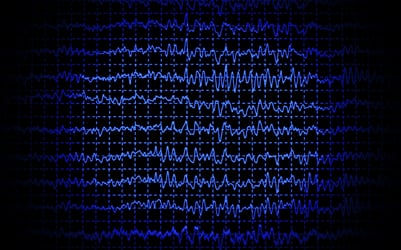 Patients often ask, "What is a sleep study?"
Patients often ask, "What is a sleep study?"
Generally, a sleep study describes any test for diagnosing and/or treating sleep problems. These belong to a category of tests called polysomnography.
The word polysomnography is derived from the Greek roots "poly" meaning many; "somno," meaning sleep; and "graphy," meaning to write.
Polysomnography, in nearly every instance, involves the monitoring of key body processes, such as the patient's airflow, blood pressure, cardiac patterns and activity, work of breathing, blood oxygen levels, brain wave patterns, eye movements, and muscular activity in the limbs. Together, data collected from these separate reports combine to create a comprehensive "big picture" of what happens in the body during sleep.
Most forms of the sleep study are attended by a polysomnographic technologist, who sets up patients with specific kinds of test sensors, then conducts the tests according to doctor's orders.
Sleep studies: The different kinds
Forms of polysomnography include the nocturnal polysomnogram (NPSG), the split night study, the PAP titration, and daytime tests (the Maintenance of Sleep Latency Test, or MSLT, and the Maintenance of Wakefulness Test, or MWT).
Here's a breakdown of the different kinds of tests.
The NPSG (Nocturnal Polysomnogram)
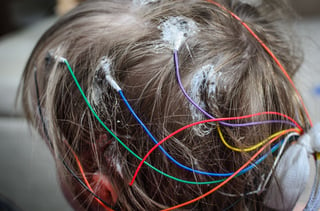
This sleep study is comprehensive and commonly used to identify any existing but undiagnosed sleep health issues, with sleep-breathing disorders and movement disorders of sleep being among the most common.
The NPSG is a test that's attended by a technologist in a sleep center. They apply multiple sensors to your body that are designed to record vital signs and other measurements throughout the night. Once you are "hooked up," you are asked to sleep in a technologically equipped bedroom which includes recording equipment for capturing audio and video data.
While you sleep, the technologist works to ensure the accurate and complete collection of your data, which is sent on after the test is completed to be scored, reviewed, and interpreted by your sleep physician. The technologist is also there to assist you at any time during the night (to use the bathroom, to acquire extra blankets or pillows, etc.).
Generally the NPSG is administered during the evening. However, some patients who work overnight shifts may be scheduled for attended polysomnography during the day, to match their normal sleeping routines.
The split night study
This sleep study is performed if your doctor suspects a diagnosis of obstructive sleep apnea (OSA) or sleep-breathing disorder is likely. A split night study starts out like the NPSG; you are prepped in the same way and the same signals are attended during the test.
You will also, prior to the test, trial a PAP machine and mask. Positive airway pressure (PAP) is the mechanical delivery of pressurized air to your upper airway in order to assist you with breathing through potential obstructions, which can hinder both inhalation and exhalation. To trial PAP, you will be placed on a very low pressure to become acclimated to it, to determine which style and size of mask best fits your facial landscape, and to uncover any discomfort issues beforehand.
The measurement of respiratory events, such as apneas, are a chief focus of observation in this test. The technologist will tally the number of partial or complete apneas during the first third of the test and, if you experience enough to meet lab protocols, you will be started on PAP therapy by the technologist, following doctor's orders, to help eliminate these events.
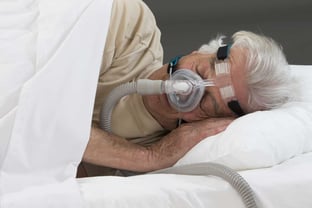 The CPAP titration study
The CPAP titration study
This sleep study involves the use of a PAP device and mask right from the start and its purpose is to identify your best therapeutic measurement of air pressure following a diagnosis of sleep apnea.
Just as with the split night study, you will be acclimated to your mask by wearing it before bedtime, and it will be set to a very light pressure.
You are "hooked up" in the same way as an NPSG, but you start out your study using your PAP therapy from the very beginning. As you sleep, the technologist remotely and digitally adjusts your therapeutic level of pressurized air feeding through the device and mask. They can also increase humidity and pressure support to make breathing more comfortable for you. Over the course of the night, these efforts to fine tune your pressure result in a customized setting that's unique to you.
The MSLT (Multipl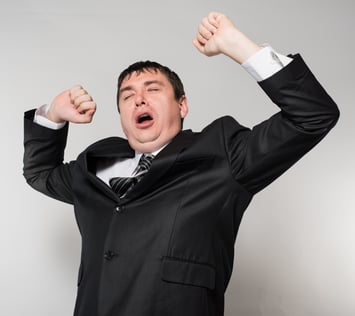 e Sleep Latency Test)
e Sleep Latency Test)
This sleep test is given to patients who complain of being excessively sleepy during the day. The MSLT is usually performed during the day, on the morning following an NPSG which has ruled out any nighttime reasons for daytime sleepiness, such as restless legs or OSA. Some, but not all, of the nighttime sensors will be removed before you start.
If you have an MSLT, you undergo a series of daytime nap periods which measure how quickly you are able to fall asleep in conditions conducive to napping. The appearance of REM stage sleep is a critical marker the technologist will be looking for. Brain wave recordings from these tests confirm or rule out conditions that might be to blame for daytime fatigue, such as Idiopathic Hypersomnia, Narcolepsy with or without Cataplexy, and Kleine-Levin Syndrome ("Sleeping Beauty" disorder).
The MWT (Maintenance of Wakefulness Test)
This sleep test is performed during the day, as well. It's goal is to see how easily you can maintain alertness during the day when conditions make it easy to fall asleep.
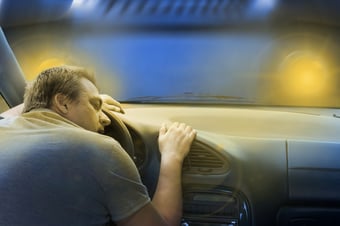
Like the MSLT, this is also a test that is repeated as a series throughout the day. For the MWT, you will be hooked up to a specific set of sensors, then asked to sit in a dark room for a certain period of time to determine how well you can stay awake in low stimulus conditions.
The MWT is often used for commercial truck drivers, airline pilots, bus drivers, and other operators of public or commercial vehicles or industrial equipment who may be at risk for falling asleep at the wheel or while operating machinery.
What sleep study is right for you?
Your physician will order the appropriate one for you; in some cases, you may even need more than one. However, these tests are required in order for your sleep physician to make the best diagnosis and to prescribe the best therapies to help you reclaim healthy sleep.
The good news is that, once identified, nearly every sleep disorder is treatable, which is the number one reason why anyone with sleep troubles should consult their physician to figure out why they struggle with sleep, so they can discover what they can do about it.
Interested in a consultation? Contact us at Sleep Resolutions today at one of our two convenient locations in Kansas (Garden City or Dodge City) (620) 271-9400.


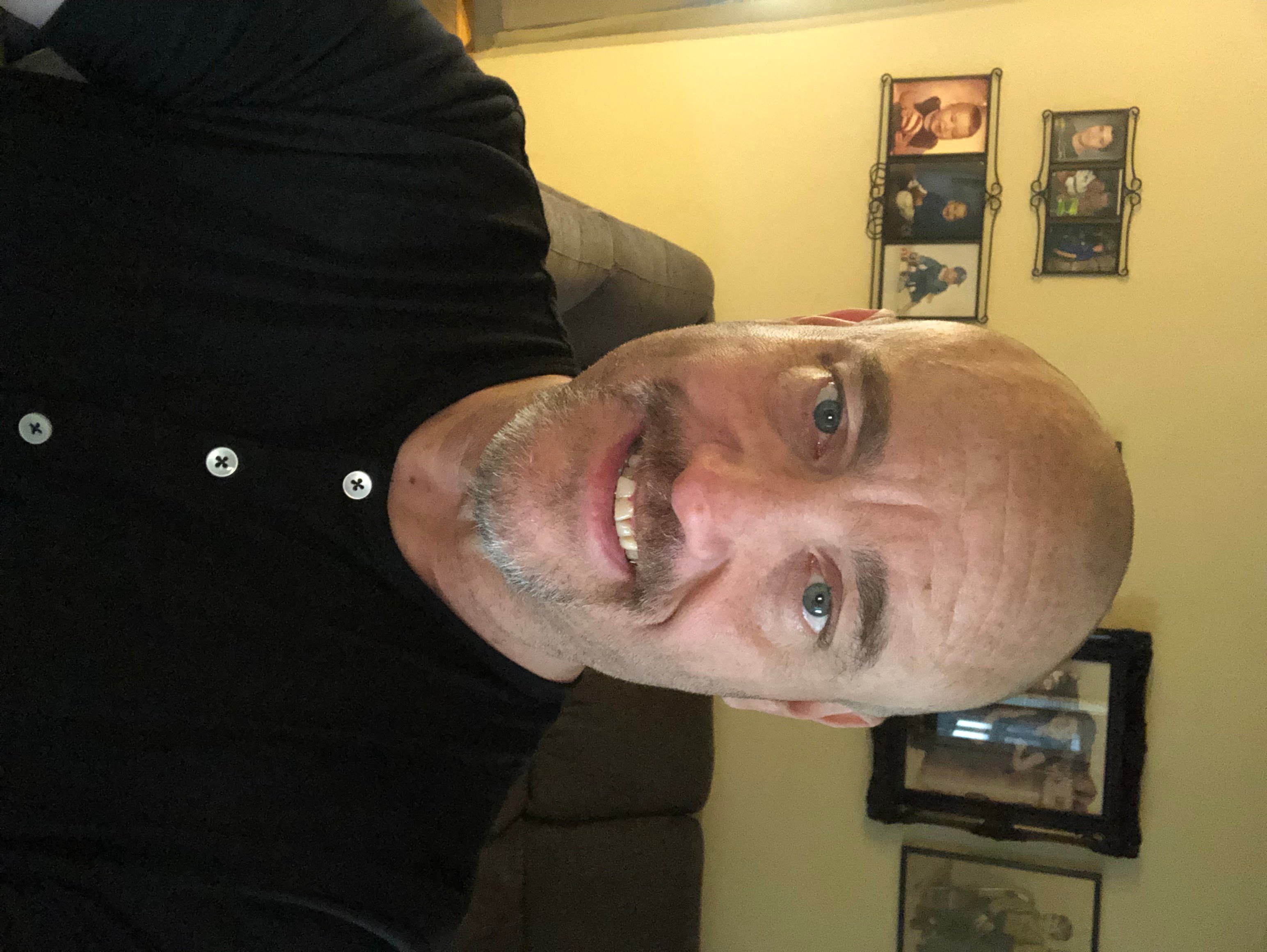
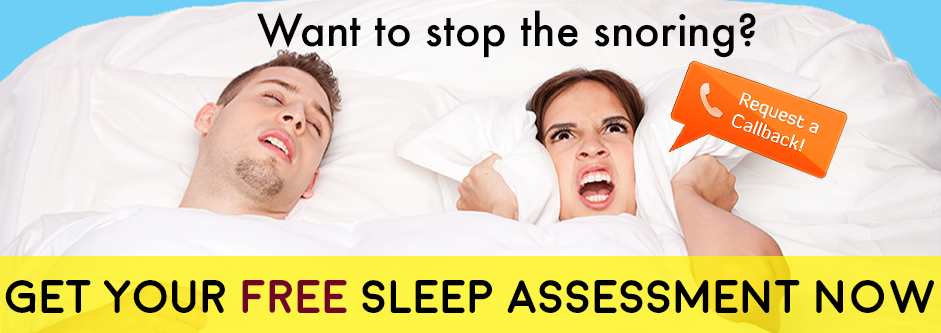







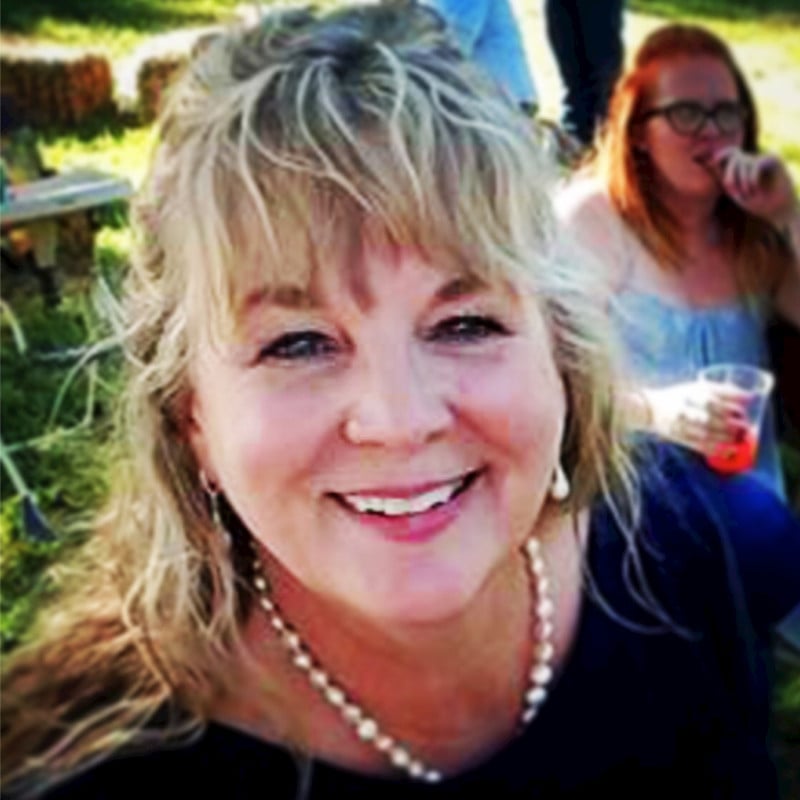
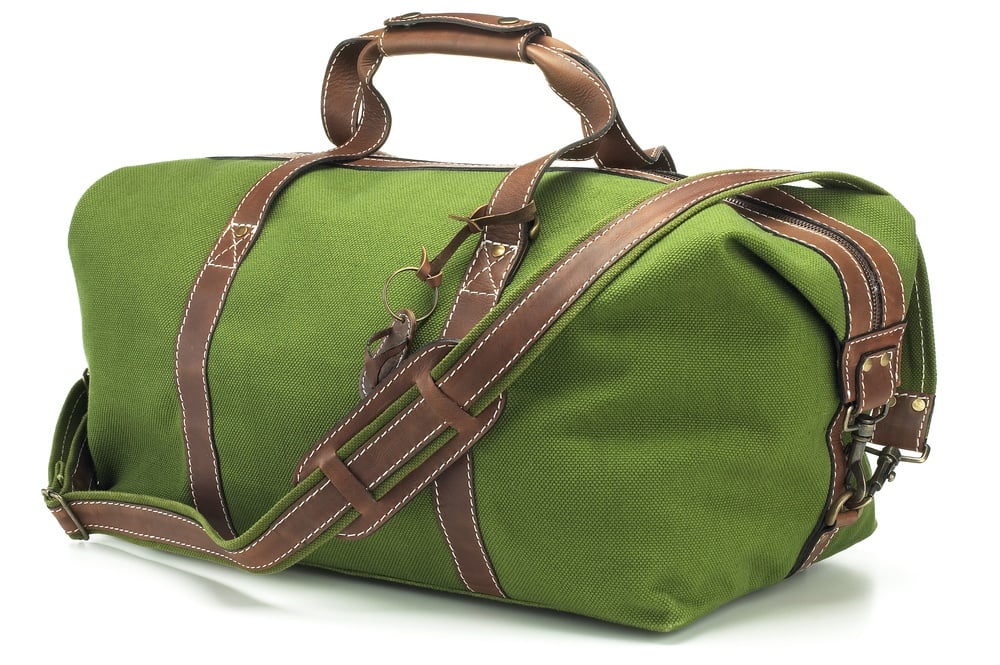
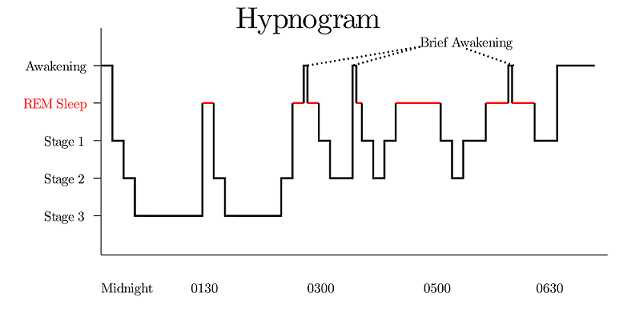
Leave a comment